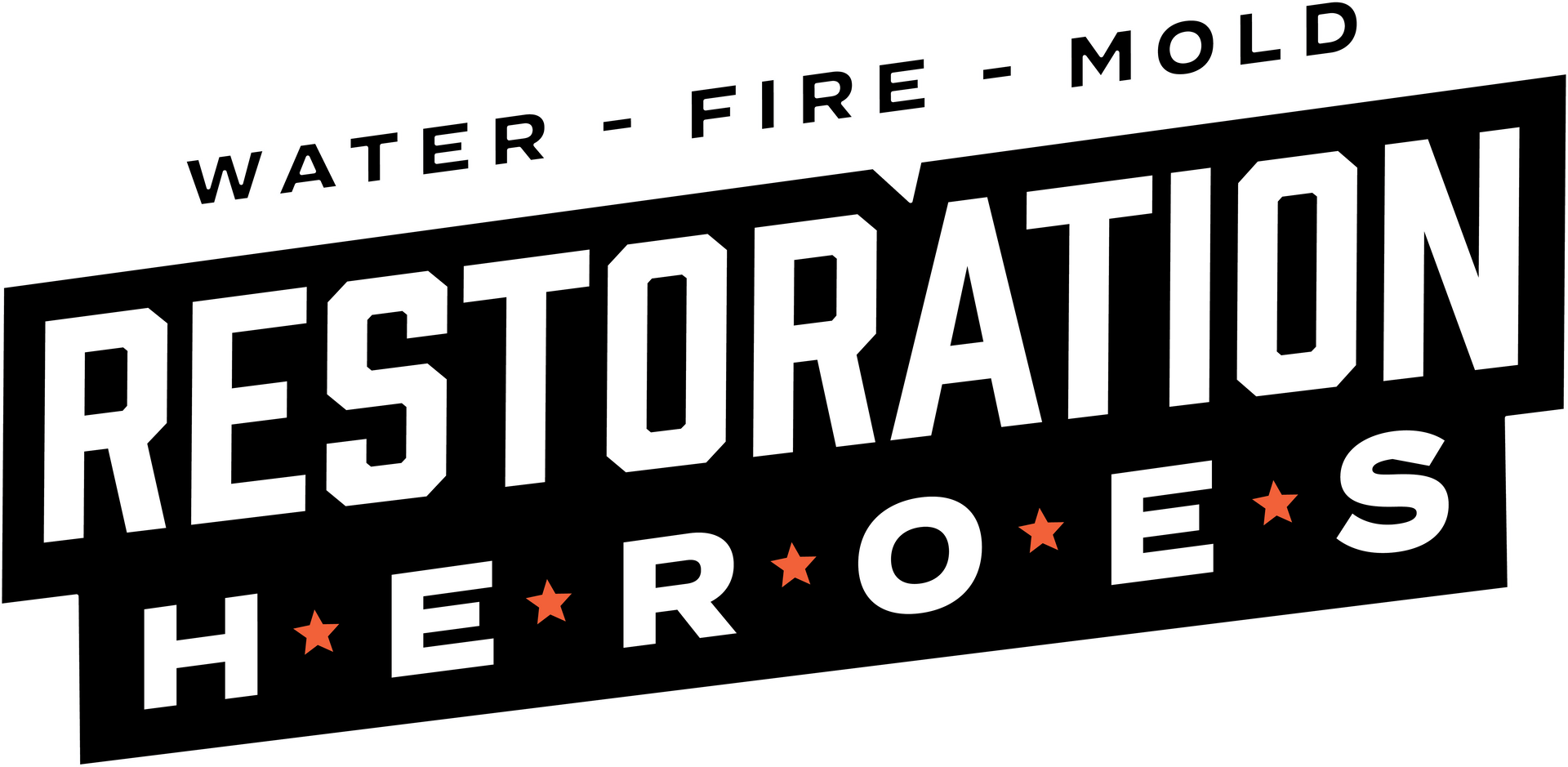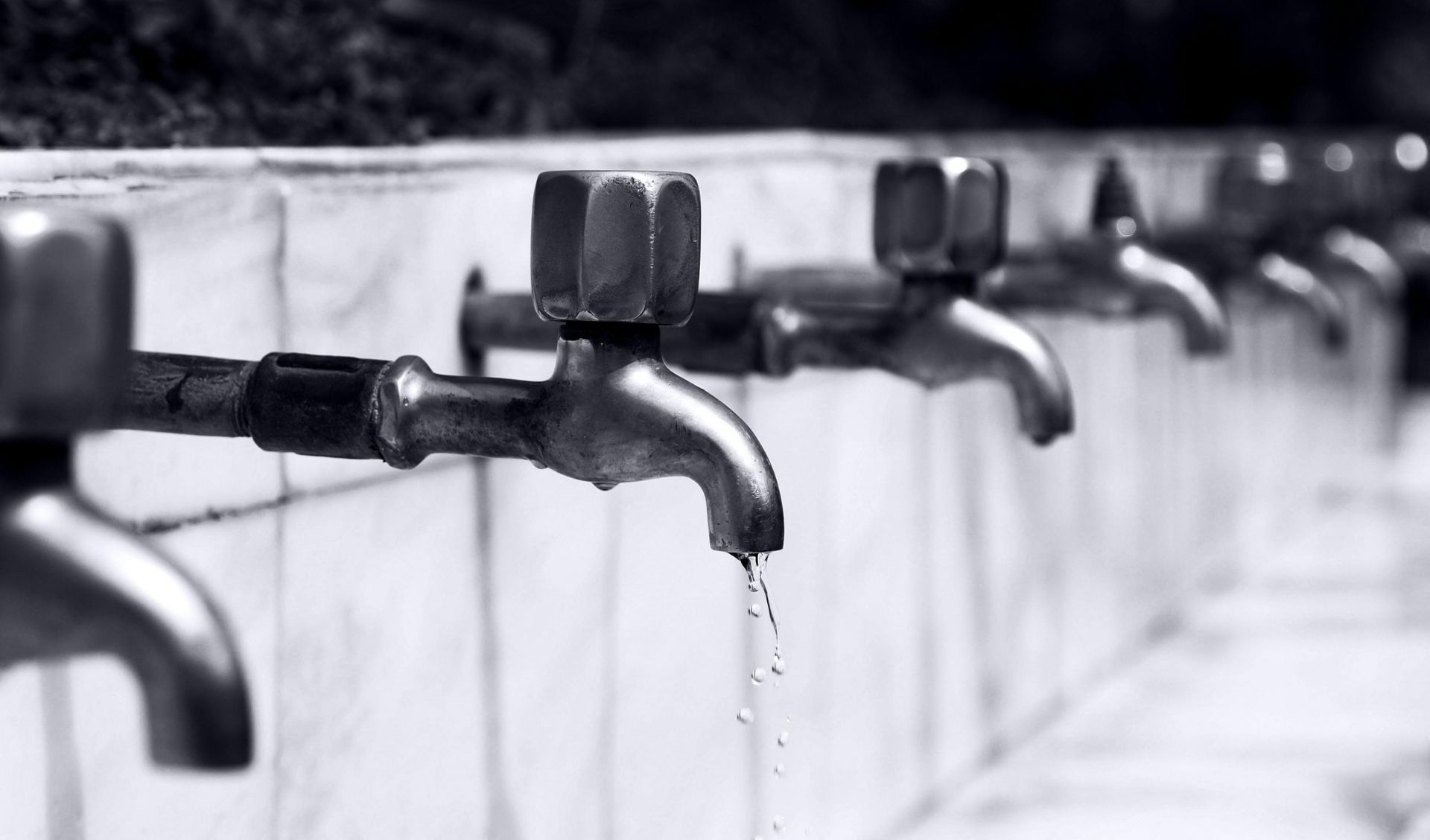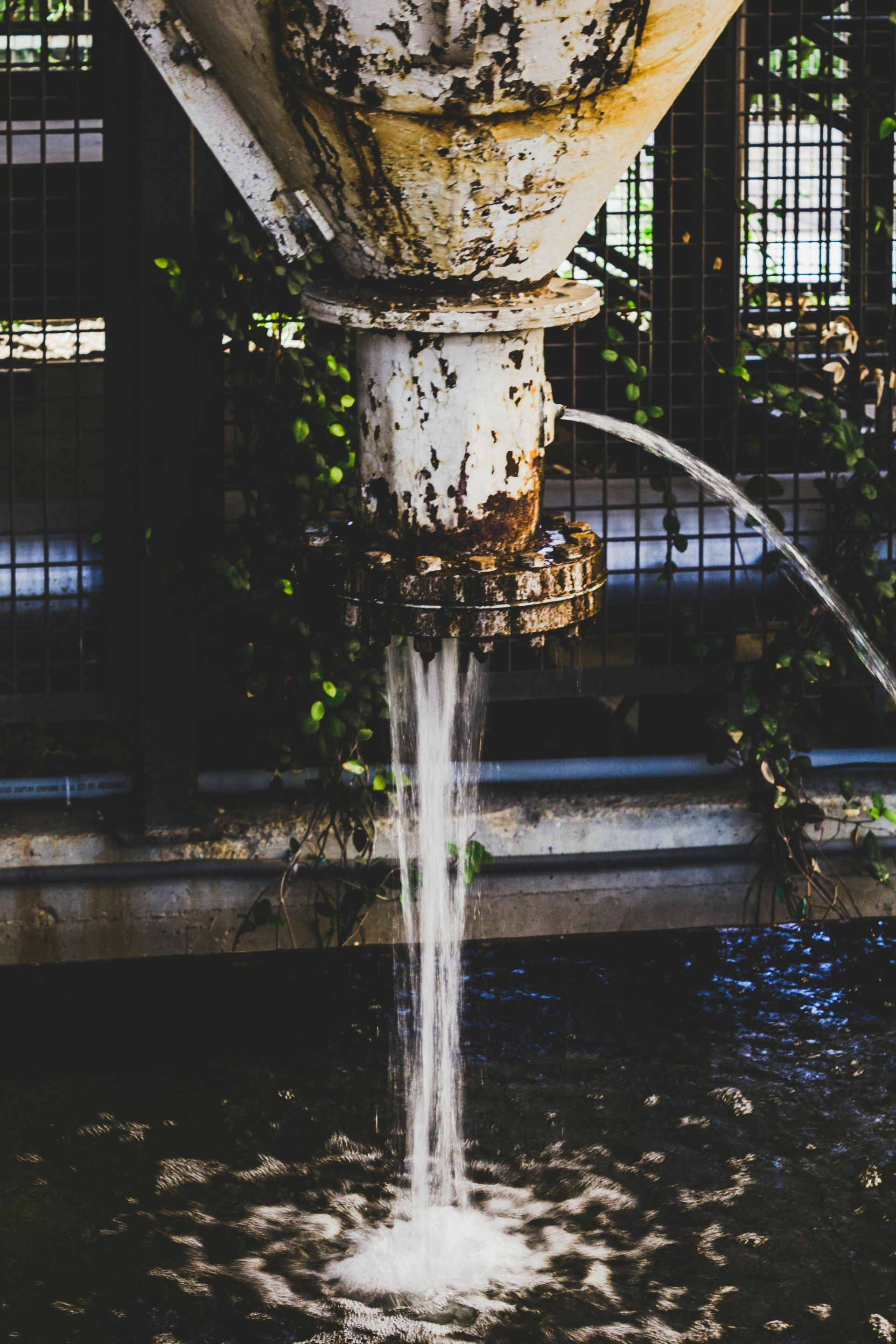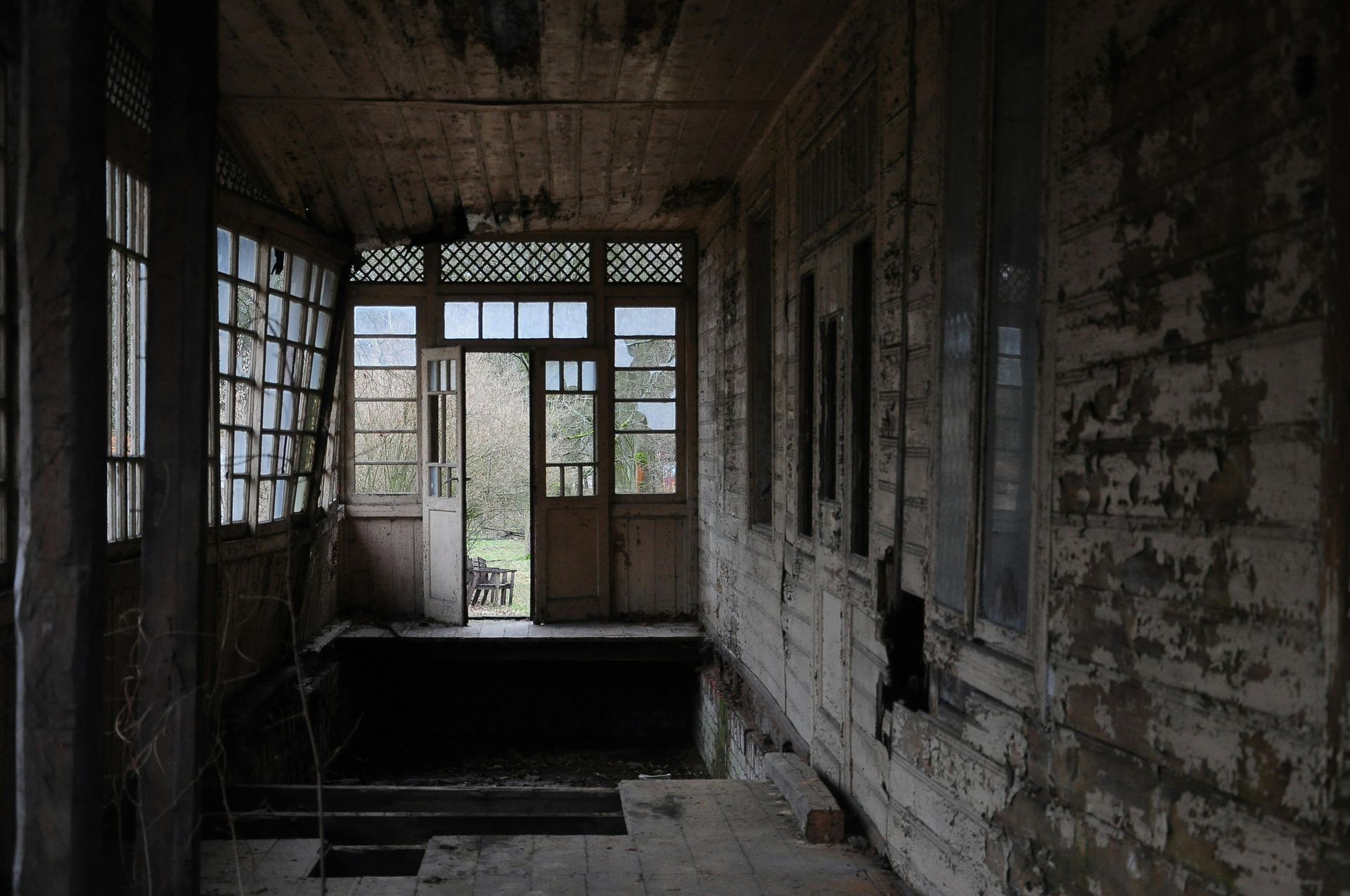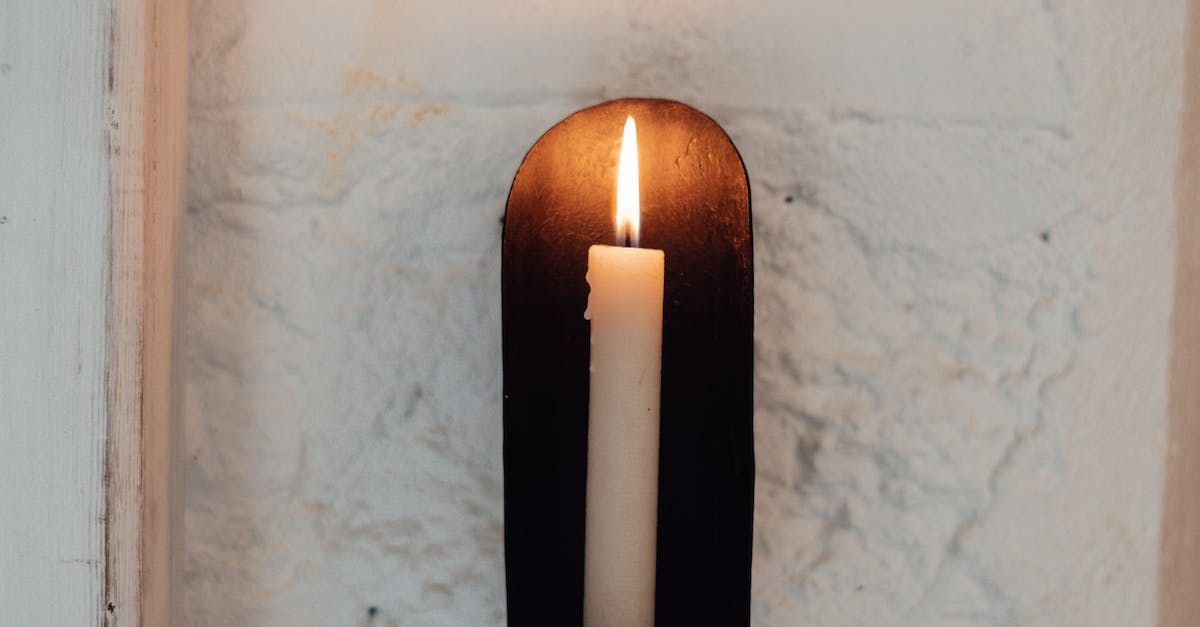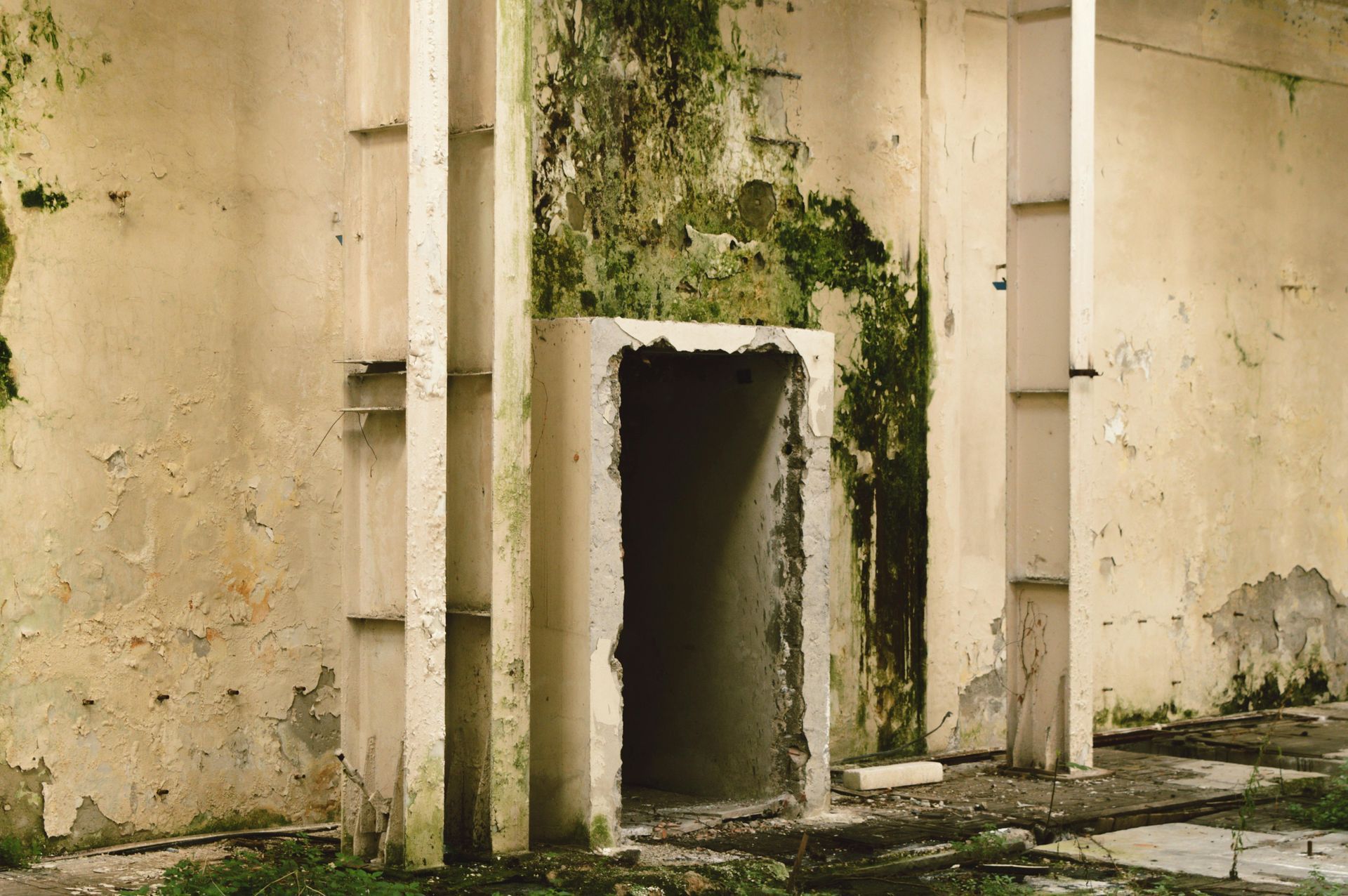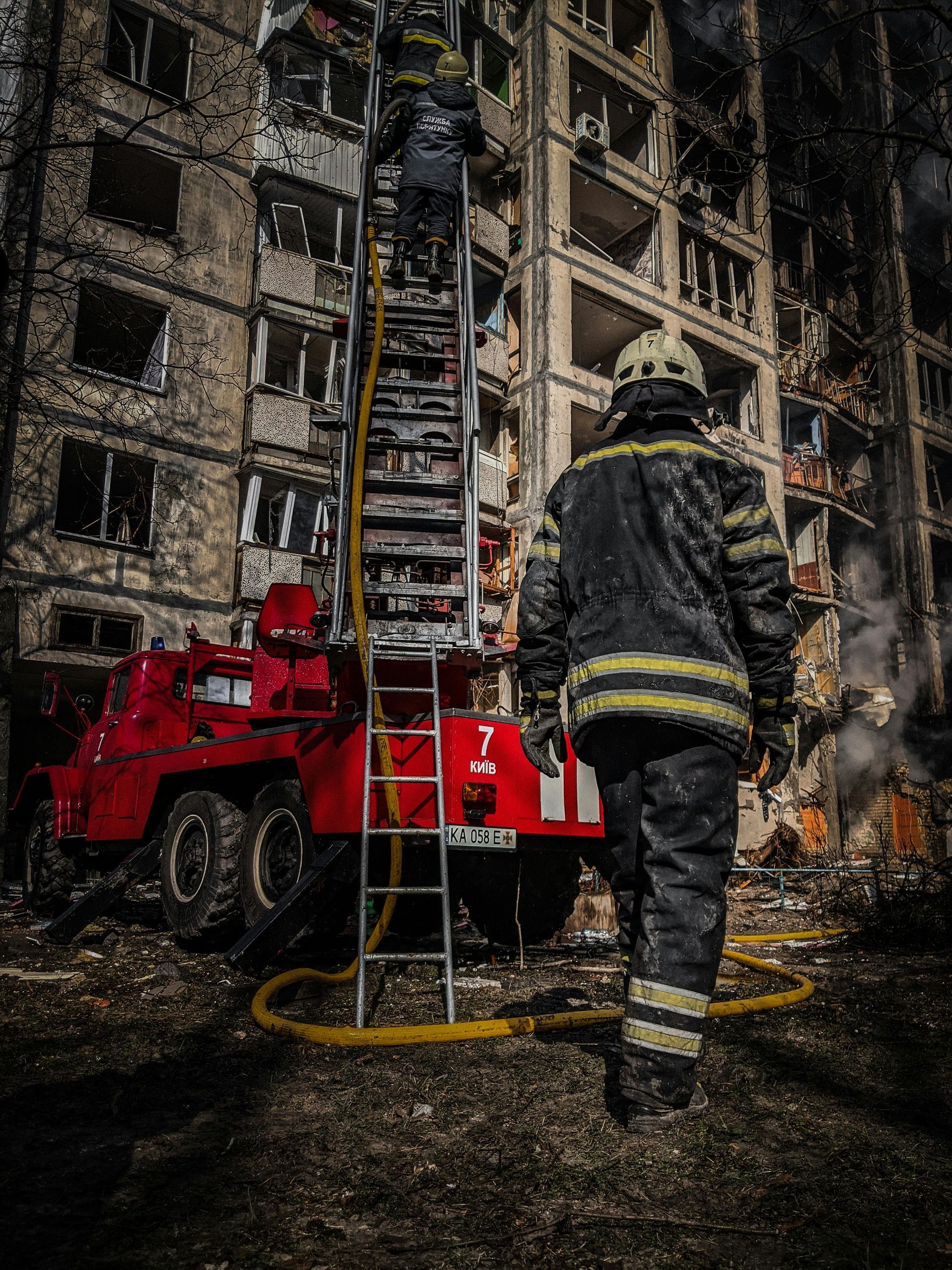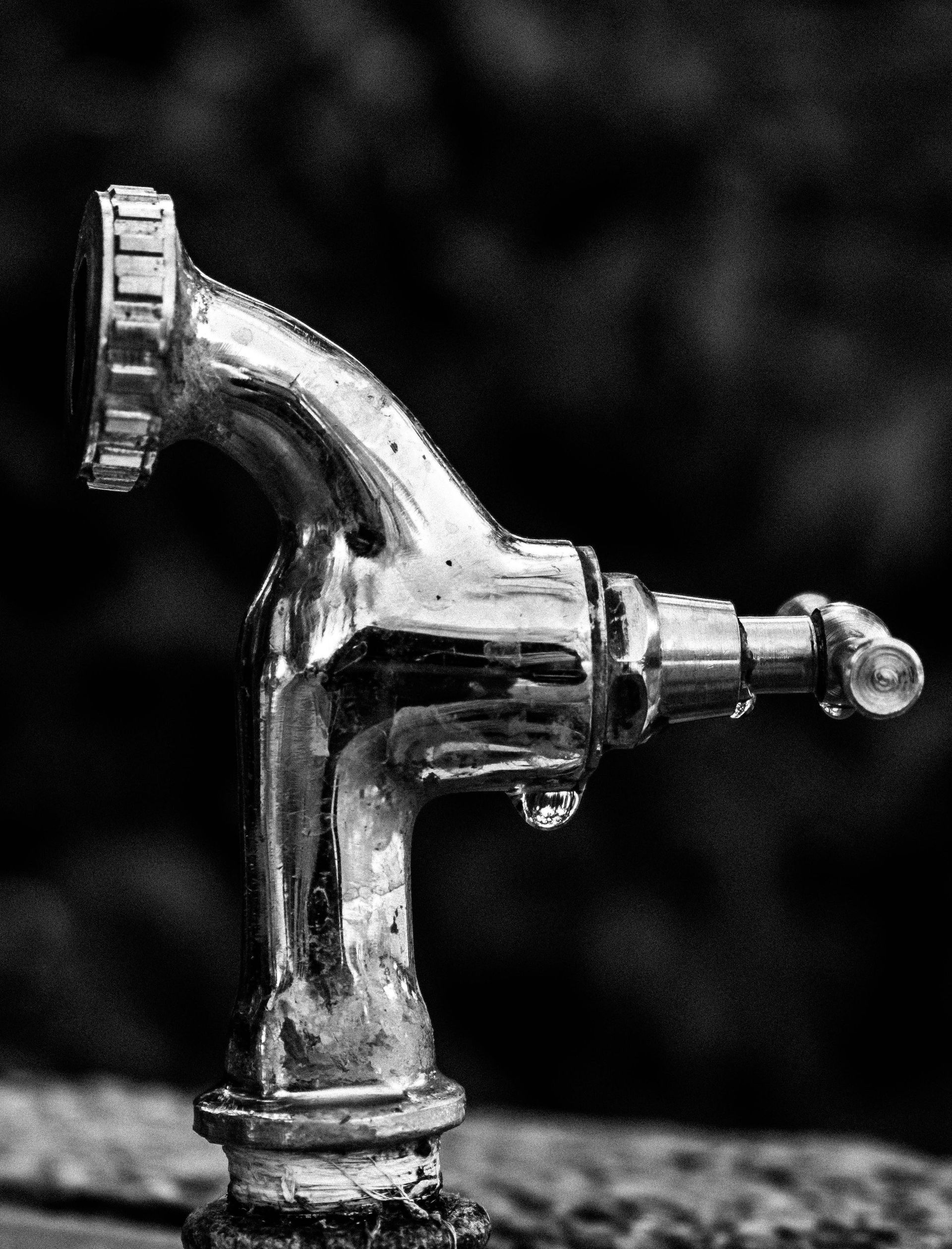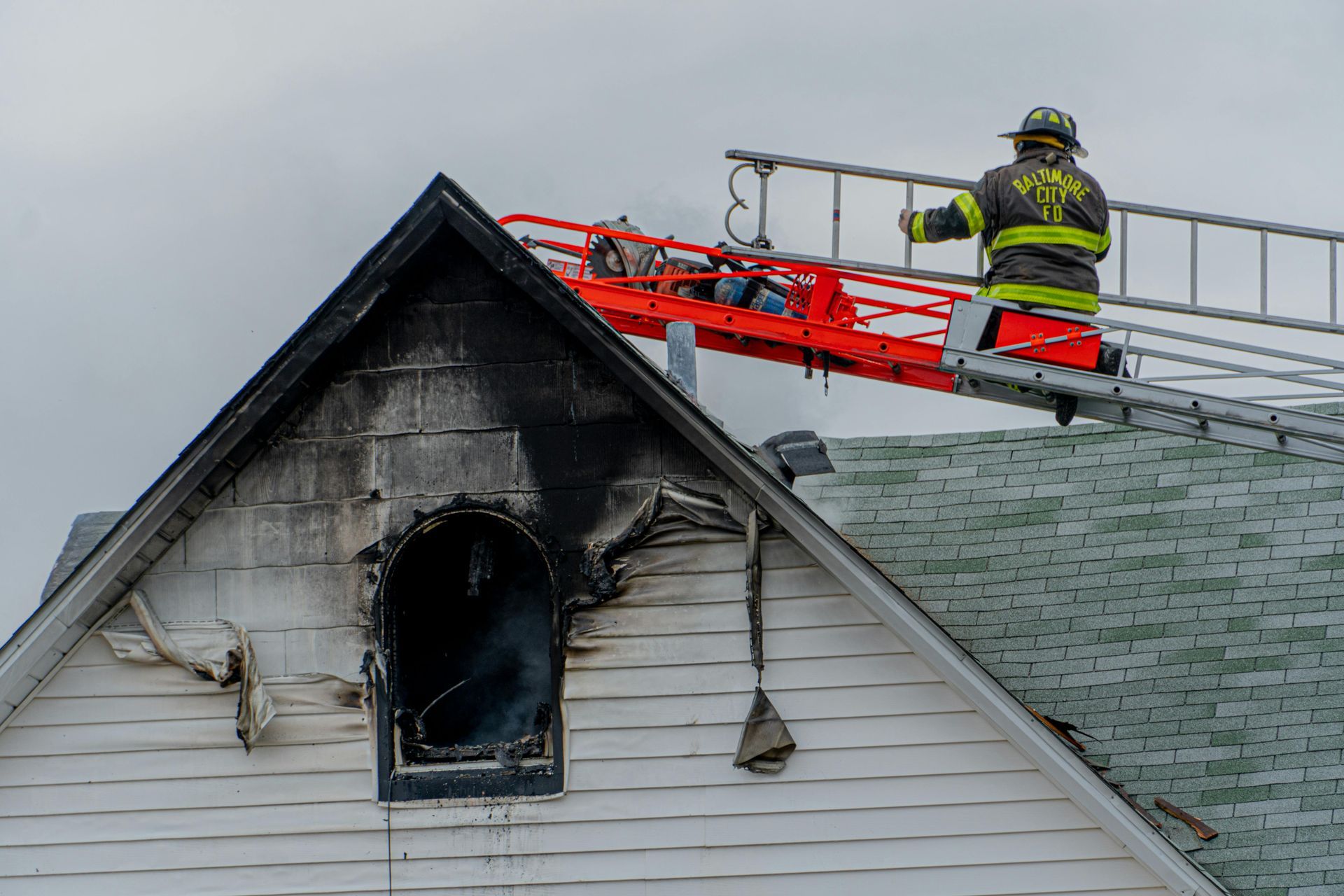How to Minimize Fire Damage in Your Home
Proactive Measures and Expert Tips to Minimize Fire Damage in Your House
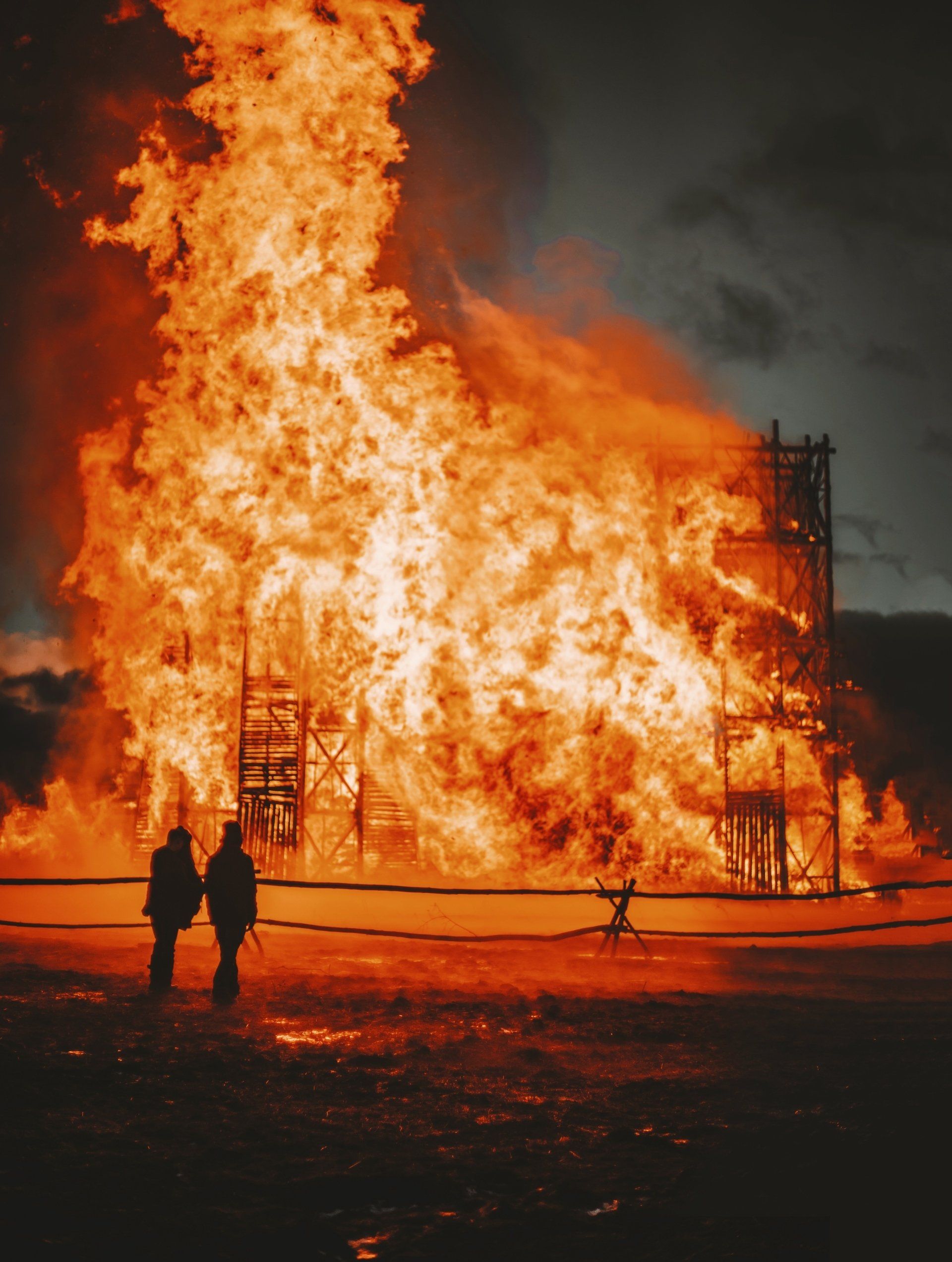
House fires are an unfortunate reality in many homes. According to the National Fire Protection Association (NFPA), there are 3,800 civilian fire deaths reported, 14,700 civilian fire injuries, and estimated property damage at $15.9 billion. On top of this, the number of people killed or injured due to these fires is alarmingly high.
Fire prevention strategies, safety, and fire-resistant materials for homes should be a priority. However, in the event of a fire, it's important to know what steps you can take to both stay safe and minimize fire damage. In this article, we'll discuss what to do during a house fire, as well as the recovery process homeowners can undertake afterward.
Importance of Quick and Effective Response
When a house fire occurs, a prompt and effective response is essential in minimizing the damage caused. The severity of a house fire determines the level of response that is necessary.
For minor fires, such as those caused by a kitchen appliance or faulty wiring, you should turn off any and all electricity sources in the affected area. It's recommended that all occupants leave the premises and contact a professional for help.
In cases of medium fire severity, such as those caused by an electrical short circuit, or fires that have spread to nearby rooms, you should evacuate all occupants immediately and call 911. Do not attempt to extinguish the fire yourself.
Using Fire Safety Equipment to Minimize Damage
House fires can cause a tremendous amount of damage to property, but they are also preventable. Taking time to understand and properly use fire safety equipment in the home is essential to minimize damage from flames.
Fire extinguishers are one of the most important tools for stopping a fire before it has a chance to spread. When used correctly, fire extinguishers can smother the flames, cut off access to oxygen, or reduce the temperature of a blaze. Make sure that all family members know how to use an extinguisher and where it's located in case of emergency.
Sprinkler systems are also important fire safety equipment that can help contain a blaze before firefighters arrive. Installing sprinklers in your home can be costly, but it could save lives and reduce fire damage on your property.
Fire Extinguishers
Having and using a fire extinguisher correctly can help contain or even put out a small house fire. Here are the steps to follow for the correct use of a fire extinguisher:
- Pull the pin at the top of the extinguisher that keeps the handle from being pressed.
- Aim low, pointing the extinguisher nozzle (or its horn or hose) at the base of the fire.
- Squeeze the handle to release the extinguishing agent.
- Sweep from side to side, covering the entire area of the fire until it is completely extinguished.
When using a fire extinguisher, remember: PASS—Pull, Aim, Squeeze, and Sweep. It is important to make sure that the fire extinguisher being used has not expired and that it is capable of extinguishing the type of fire at hand. Otherwise, there can be a risk of causing further damage or injury if an incorrect extinguisher is used.
Fire Blankets
Fire blankets are an effective way of controlling small fires, reducing the amount of damage caused by flames. Fire blankets are designed to extinguish or contain small combustible fires quickly and safely.
When using a fire blanket, it is important to remember that you should never use water on a fire blanket. Water can cause the flames to spread and ignite further combustible items in the area. Instead, you should cover the fire with the fire blanket and suffocate it, smothering it until it is extinguished completely. Covering the flames with a fire blanket will also help prevent fire damage from spreading quickly to other nearby combustibles.
Fire Evacuation Planning
House fires can be devastating, both in terms of human safety and property damage. Having a well-planned fire evacuation plan will give you the best chance of staying safe and minimizing destruction. Follow these steps to create an effective evacuation plan:
- Think about a safe spot to meet outside, like a neighbor's driveway or the side of the street.
- Designate an evacuation route for each room that will be easy to follow in any situation. Ensure it is wide enough and free from obstacles.
- Keep doors and windows closed when possible so toxic smoke does not enter other areas of the house.
- Make sure everyone is familiar with emergency exits and practice fire drills regularly.
- If there is enough time, quickly secure valuable items such as documents, jewelry, and electronics if it is safe to do so.
Immediate Post-Fire Actions
Once a fire has been extinguished, it's important to take the right steps for safety and to minimize further damage. Make sure you have permission from local authorities before entering a building that has experienced a potential or actual fire. Wear protective gear such as long pants, long-sleeved shirts, gloves, goggles, and a face mask at all times in the building. After the fire is out, ventilate the area to reduce smoke damage and hazardous materials. Remove any furniture or other items that have been badly damaged by flames, water, or smoke. If possible, move undamaged items to a safe location and cover them with plastic sheeting for protection from further damage.
Safe Re-entry
After a house fire, it is very important to assess the safety of the environment and ensure that re-entry is safe. Even after a relatively minor incident, such as an appliance fire or other small-scale burning, dangerous substances can linger in the air, making it unsafe to return home without a proper assessment from professional inspectors.
Professional inspectors will evaluate the environment and determine if/when it is safe to re-enter. They may assess the air quality, check for hazardous materials, and examine structural damage that could potentially make the home unsafe. Their assessment can provide peace of mind for those returning after a fire by ensuring that there are no hidden dangers present.
Damage Mitigation
When faced with the devastation of a house fire, it can be hard to know where to start. However, taking some immediate steps following a fire can help minimize further damage and make recovery easier. Here are four things you should do right away:
- Ventilate the affected area: Open all windows and doors to help reduce smoke damage, remove soot particles, and eliminate odors.
- Extract water: Use pumps, wet vacuums, or extraction mats to remove excess water from the affected area. This will help prevent further damage due to moisture buildup.
- Clean up soot and smoke residue: Use a wet vacuum and chemical cleaners to sanitize the affected area and remove soot and smoke residue.
- Monitor moisture levels: Use a dehumidifier or air conditioner to reduce humidity levels in the affected area, which can help prevent the growth of mold.
Damage Assessment and Restoration
When homeowners experience a house fire, it's important to assess the damage and document it thoroughly for insurance purposes. Fire can cause structural damage as well as smoke and soot damage, both of which need to be addressed quickly and properly to minimize further harm. Homeowners should look for cracks in the walls or ceilings, warping of wood floors and furniture, discoloration or charring of paint and discolored walls, and other visible signs of fire damage. It's also important to contact a professional restoration service to help assess and repair the damage in order to ensure a safe living environment.
The Role of Restoration Heroes in Minimizing Fire Damage
Restoration Heroes provides fire damage recovery services aimed at minimizing the effects of a devastating house fire. Our experienced technicians can assess the damages, mitigate the destruction by cleaning up hazardous materials, and even provide restoration services to get your home back to its pre-fire condition. We have been helping homeowners recover from house fires for over fifteen years, offering quality service and excellent customer support.
Our commitment to excellence is further exemplified by our unique approach to fire damage recovery. We understand the emotional toll that a house fire can have on homeowners and strive to provide them with an empathetic experience throughout the process.
Let's Rebuild Together: Connect with Restoration Heroes Today
House fires can be incredibly traumatic events that leave us feeling devastated and overwhelmed. Fortunately, Restoration Heroes is here to help. We have years of experience in restoring properties after a fire, helping you reclaim your home and rebuild your life from the ashes. Our team of professionals provides fast and efficient service with top-notch quality at an affordable rate to get your home back to its pre-fire condition. We also work with your insurance provider to make the process easier for you. So if you find yourself in need of fire recovery, look no further than Restoration Heroes. Contact our professionals today!
